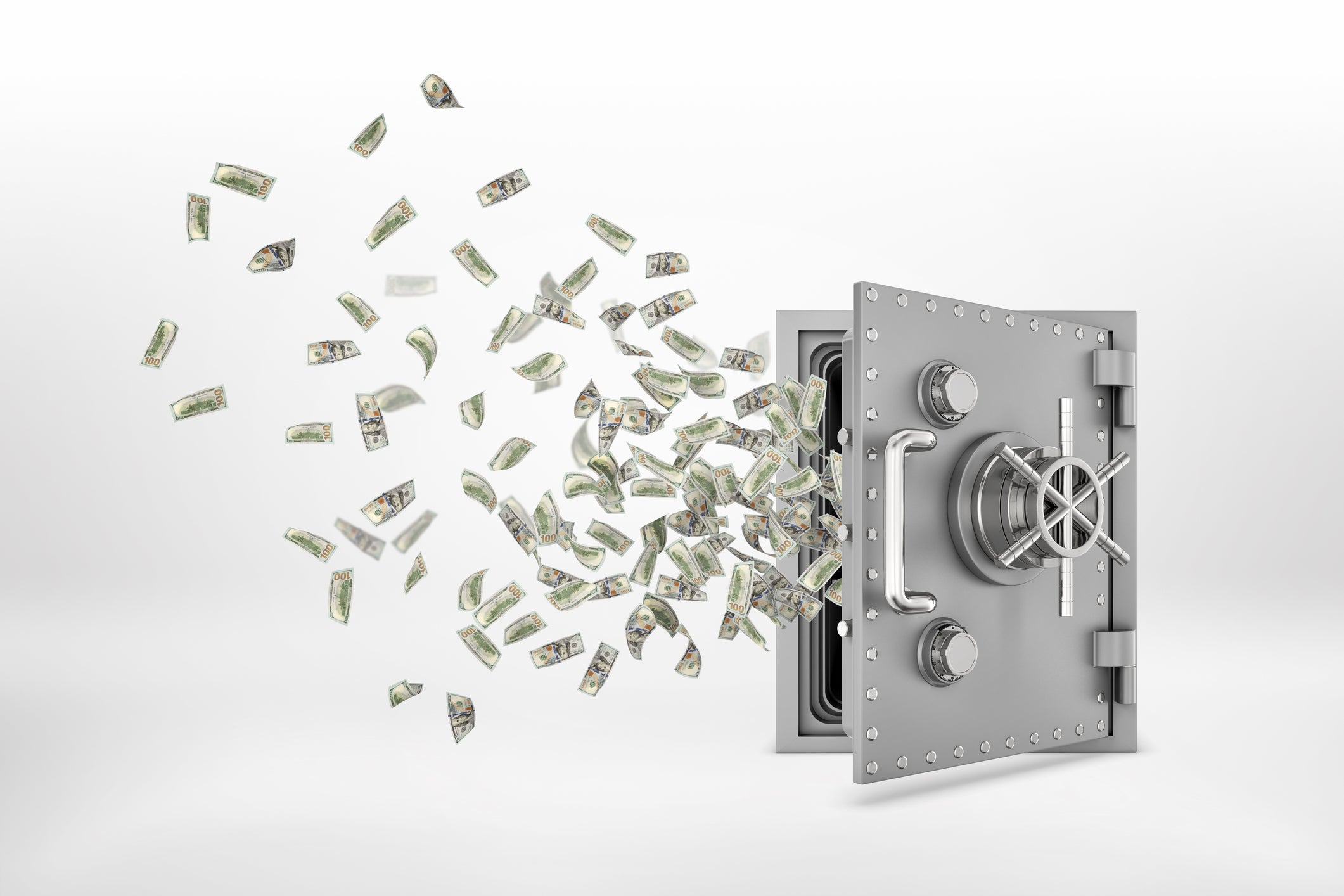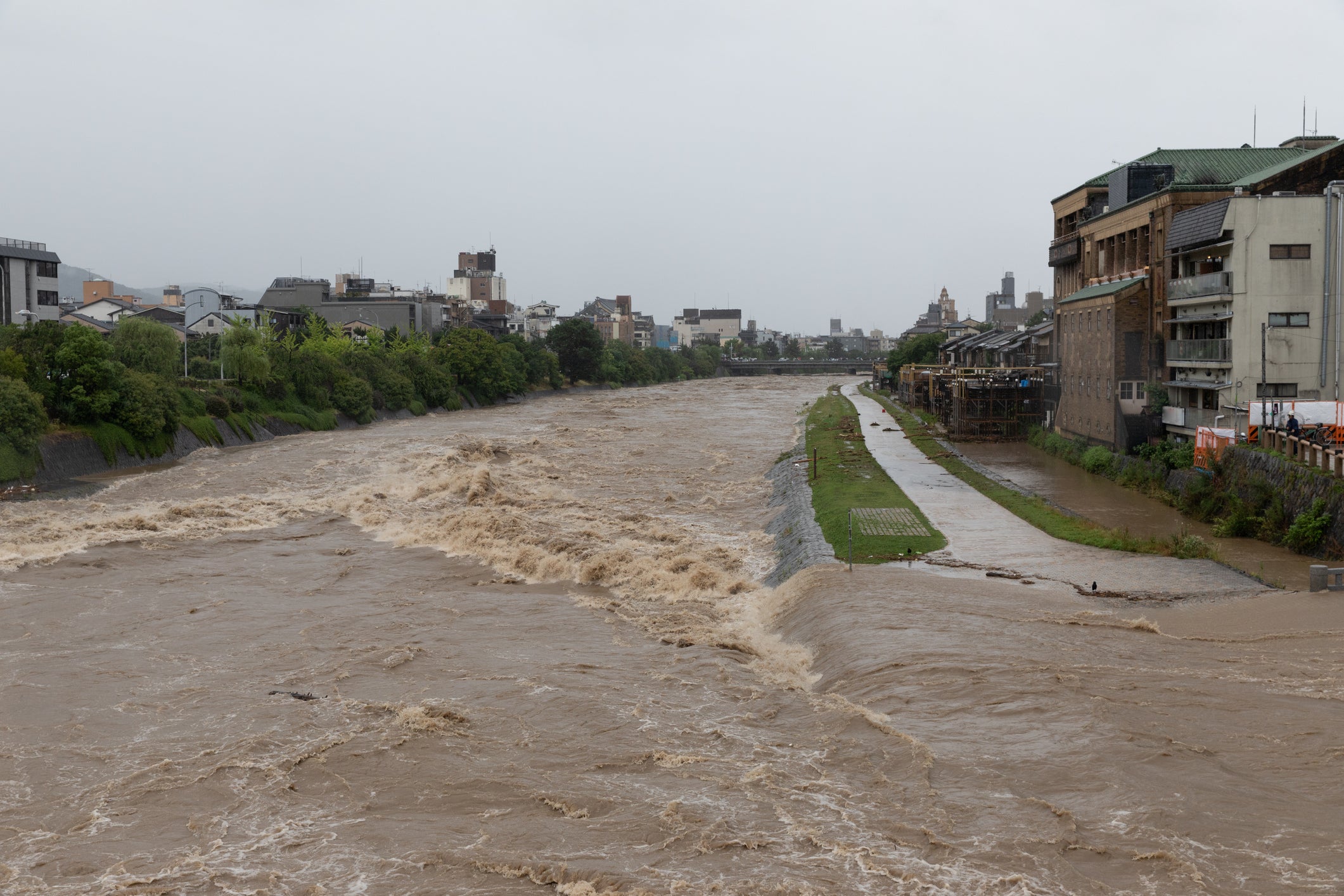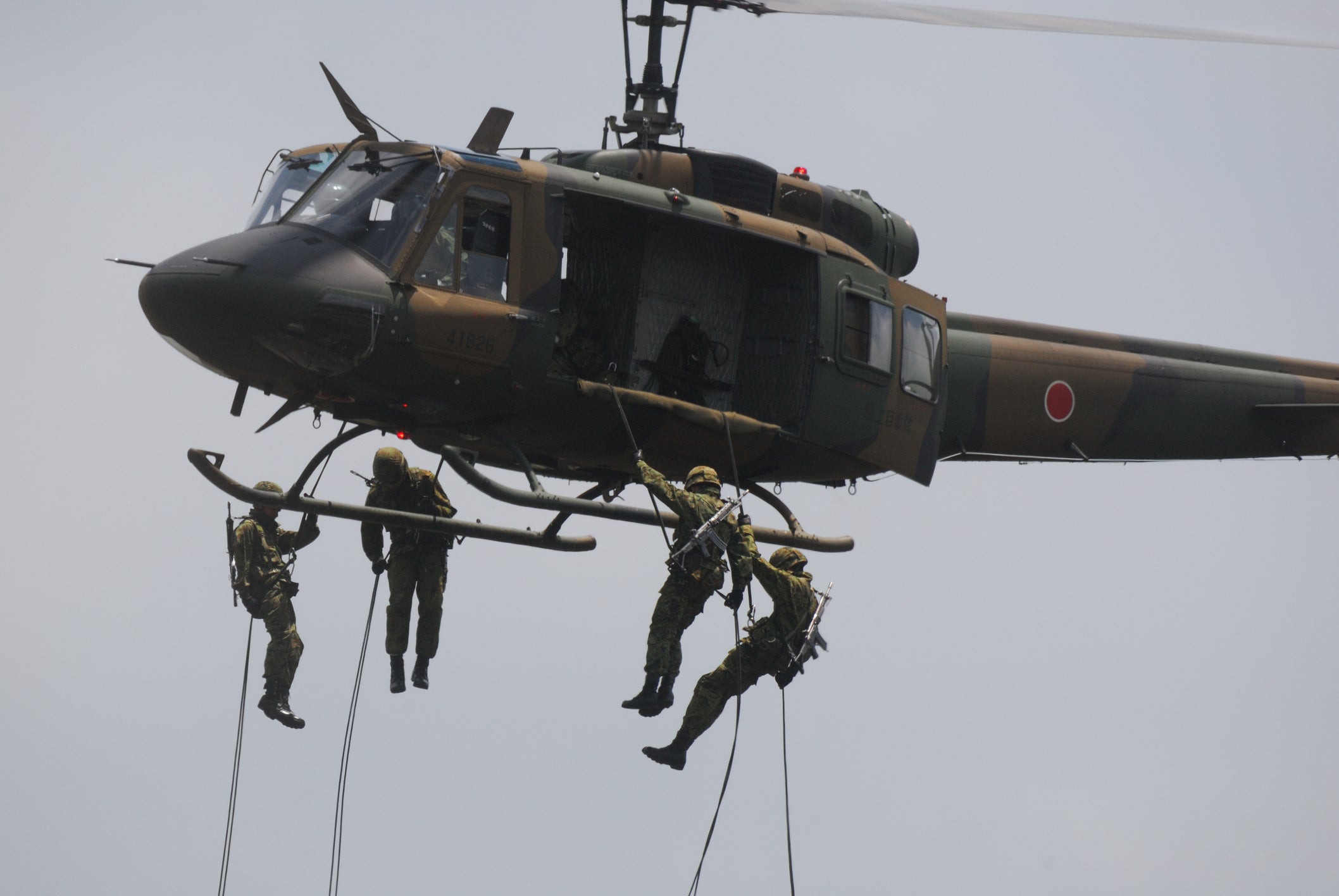Children and disasters: The importance of communication to provide support and reassurance in sudden situations
table of contents
Introduction
1. Disaster preparation for children
2. Prepare an emergency kit
3.Emergency supplies
4.Education on how to understand and deal with disasters
5. Regular training and practice
6. Importance of communication to children
summary
Introduction
Disasters are unpredictable and occur suddenly. Natural disasters such as earthquakes, floods, and typhoons, as well as man-made disasters such as fires and terrorism, are problems that are familiar to children. Children have immature minds and bodies, and are especially prone to fear and anxiety during disasters. Therefore, it is important to communicate with children to prepare them for disasters and reassure them. In this article, we will explain in detail the points to keep in mind when dealing with disasters with children.
1. Disaster preparation for children
1-1 Create a family evacuation plan
Making an evacuation plan with the whole family is important to avoid confusion in the event of a disaster. Give children the opportunity to participate in evacuation planning and help them understand evacuation routes and locations. It is preferable to choose an easy evacuation route, and the evacuation site should be as safe as possible. In the event of a fire, etc., it is important to teach and practice how to escape from the room.
2. Prepare an emergency kit
2-1 Selecting the appropriate container
It is important to choose a waterproof and durable container for your emergency kit. Suitable items include an airtight plastic container, waterproof bag, or sturdy backpack. Prepare a container of the appropriate size depending on the number of family members and the items you need.
2-2 Food and drinking water
Your emergency kit should include at least 72 hours' worth of food and drinking water. It is desirable for emergency food to be highly nutritious. Canned foods, dried foods, and energy bars are good choices because they can be stored for a long time. For drinking water, prepare plastic bottled water or drinking water packs, and calculate the amount of water required per person per day.
3.Emergency supplies
Next, include any emergency supplies you might need in case of an emergency. Below are some typical items, but it's important to customize them to fit your family's individual needs.
①Flashlight and spare batteries
②Hand-crank rechargeable radio
③Multi-tool and knife
④ Lighter or matches
⑤Blankets and sheets for cold weather
⑥ Dust mask and gloves
⑦Emergency supplies such as scissors and tape
⑧Prescription medicines and first aid kits as necessary
⑨Clothing and hygiene products
⑩Important documents and cash
It's important to have copies of important documents in your emergency kit, such as your ID, insurance cards, and photos of your family. Also, having a small amount of cash on hand will come in handy in case ATMs or credit cards are unavailable during a disaster.
⑪Essentials for children
If you have children in your family, don't forget to pack their essentials too. It's important to include items that make children feel safe, such as a favorite toy, picture book, or special medication.
3-1 Update and inspection
Check your emergency kit regularly and replace expired items with new ones. Also, don't forget to add or change necessary items depending on the season and family situation.
3-2 Sharing emergency contacts
Give children the contact information of whom to contact in an emergency. It is important for children to memorize contact information that they can contact themselves, such as relatives, trusted neighbors, and school contact information. Also, having your children memorize their names, addresses, and phone numbers may be helpful in the event of a disaster.
4.Education on how to understand and deal with disasters
4-1 Providing accurate information
It is important to provide children with accurate information about disasters. We will explain the types of disasters, their causes, and their effects so that you can understand them, but we will explain in simple and easy-to-understand terms, as too much detailed information may increase anxiety.
4-2 Guidance on how to prevent and deal with disasters
Teach children how to prevent disasters and what to do when disasters occur. Provide specific action guidelines, such as ``drop cover hold'' in the case of an earthquake, and ``keep low and escape'' in the case of a fire. By doing these exercises regularly, children will be able to act naturally.
4-3 Practical practice
By conducting not only theory but also actual evacuation drills and fire evacuation drills, children can learn concrete procedures for disaster response. Through practice, you will gain confidence and be able to respond calmly.
4-4 Education using picture books and games
We provide children with the opportunity to have fun learning about disasters through picture books and games. By reading a picture book and helping children understand the importance of actions and helping each other in times of disaster, it will become more memorable.
4-5 Group discussion
It is important to provide a space where children feel free to ask questions and discuss their feelings. Through group discussions and role plays, children can exchange ideas and learn from each other.
4-6 Guidelines for media usage
Media information about disasters can increase anxiety in children. It is also important to choose appropriate information sources and develop the ability to understand media information.
5. Regular training and practice
5-1 Evacuation drill
Evacuation drills are training for safe and effective evacuation actions in the event of a disaster. Check evacuation sites and evacuation routes for your family, school, and community, and simulate an actual evacuation. It is important to have children participate in evacuation drills so that they understand evacuation routes and locations.
5-2 Fire evacuation drill
Fire evacuation drills are training for appropriate response in the event of a fire outbreak. Assuming a fire breaks out at home or school, students will practice evacuation actions such as checking the fire alarm and ``running low.'' It is also important to have proper knowledge about how to handle fire and to understand the causes of fire.
5-3 First aid training
First aid training is training that enables you to provide appropriate first aid in the event of an injury or injury. We will teach and practice basic first aid methods and how to use a first aid kit. Helping children understand simple first aid will help them protect themselves in an emergency.
5-4 Communication training
When a disaster occurs, prompt and accurate communication is important. Confirm communication methods and safety confirmation methods within your family and community, and conduct training on how to stay in touch. Help children understand the importance of sharing emergency contact information and checking on their safety.
5-5 Frequency and continuity of training
Regular training and practice is not enough just once. It is important to train regularly and make sure it sticks. Especially for children, through repeated training, it becomes a natural behavior.
6. Importance of communication to children
6-1 Reducing anxiety and fear
During disasters, children are more likely to feel anxious and fearful due to unknown events and emergency situations. This state of mind can affect children's physical and mental health. It is important for parents and adults to understand and accept children's emotions. You can provide emotional care by communicating with children in a calm voice and using kind words, and by showing empathy for their anxieties and fears.
It is also important to emphasize communication among families even before a disaster occurs. By discussing how to prepare for and respond to disasters as a family and understanding each other's feelings, you can build relationships of trust even in the event of a disaster.
6-2 Providing accurate information
During disasters, rumors and misinformation can spread. Children's ability to properly understand information is immature, so misinformation can increase anxiety. It is important for parents and educators to provide accurate information from reliable sources and to communicate facts clearly. We will carefully answer any questions that children may have and help them understand.
6-3 Understanding how to deal with it
During disasters, it is important for children to take appropriate action. By teaching children how to evacuate, understand evacuation routes, and what to do in the event of a fire, they can develop an awareness of self-protection. However, by not only understanding the appropriate response methods but also actually training and practicing, you will be able to act calmly in the event of a disaster. By participating in evacuation drills and fire evacuation drills and experiencing real-life situations, children can learn practical ways to deal with situations.
6-4 Respect children's opinions
Children have different feelings and thoughts. In the event of a disaster, it is important to respect their opinions and feelings and provide them with an opportunity to come up with solutions together. By creating an environment where children feel comfortable expressing their opinions and having those opinions respected, children's self-esteem and ability to express themselves will improve. Incorporating children's ideas and thoughts also makes family and community preparedness more practical and effective.
6-5 Providing a sense of security
During disasters, children may seek adult support in precarious situations. It is important for families and adults to be close to children and give them a sense of security. By conveying a sense of security to your children through loving words and interactions, you can bring peace to their hearts. It is also important to share evacuation locations and plans in advance to create an environment where children feel safe.
6-6 Providing support
During disasters, children may need physical and emotional support. For physical care, it is important to have food, drinking water, first aid supplies, etc. As for emotional care, it is important to be close to children's emotions and accept their feelings. By supporting and proactively responding to children facing difficult situations, we can encourage their emotional recovery.
summary
Dealing with disasters with children is an important role for parents and educators. Through appropriate preparation and communication, it is necessary to give children a sense of security and develop the ability to respond appropriately even in difficult situations. It is important to prepare children to be stronger and calmer in dealing with future disasters.








